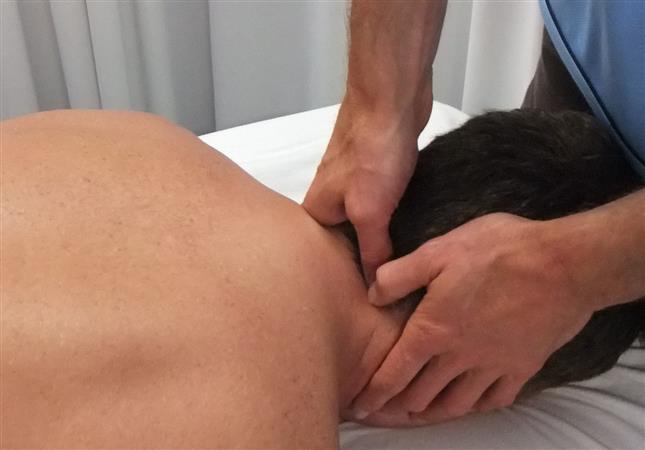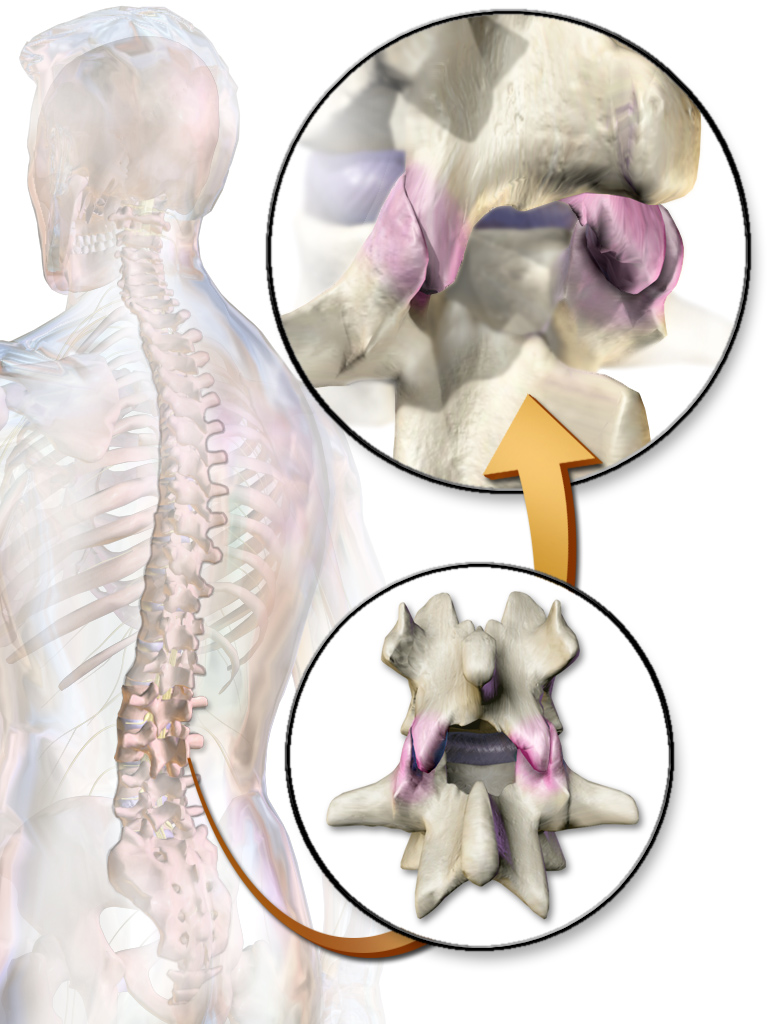The Spine is the foundation for the body. It has 4 main sections which include:
- The Cervical Spine (Neck)
- The Thoracic Spine
- The Lumbar Spine (lower Back)
- The sacrum (connects the spine to the pelvis
Between each vertebrae are discs. These discs are what separate the vertebrae and help to create the space in which nerves exit the spinal chord to supply muscles, organs and other tissue.
The Brachial Plexus is a group of nerves that originate from the 5th level of your neck, down to the 1st level of your thoracic spine. These nerves then merge to make a spiderweb of nerves that then separate into the main nerves of the arm. They can compressed at the top or they can get stuck in the soft tissue along the path causing pain or other symptoms.
The nerves of the leg are supplied by the Lumbar Plexus and the Sacral Plexus. These are formed similarly to the brachial plexus above. The Lumbar Plexus comes from T12-L4 and the major nerve it forms is the Femoral nerve. The Sacral Plexus comes from L4-S3 and the major nerve it forms is the Sciatic nerve.
Disc Bulge
When the discs are damaged or degenerate over time, one portion of the disc becomes weak and bulges out of the normal shape of the disc. This bulge can place pressure on the spinal chord, the spinal nerves that exit the spine at this level and can reduce the height between each vertebrae. This can produce pain locally and commonly referred pain down an associated limb.
Facet Joint
There are 4 facet joints on each vertebrae, these are the joints that connect each level of the spine together. Depending on which portion of the spine you looking at depends of which orientation they have. This allows for different types of motion in the spine. These joints can become compressed (or stuck, significantly reduce movement) and they can also become inflamed (usually pain and restricted movement)


